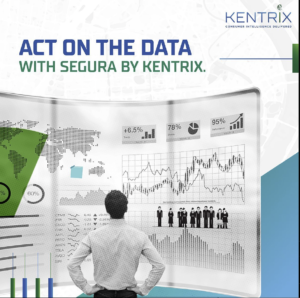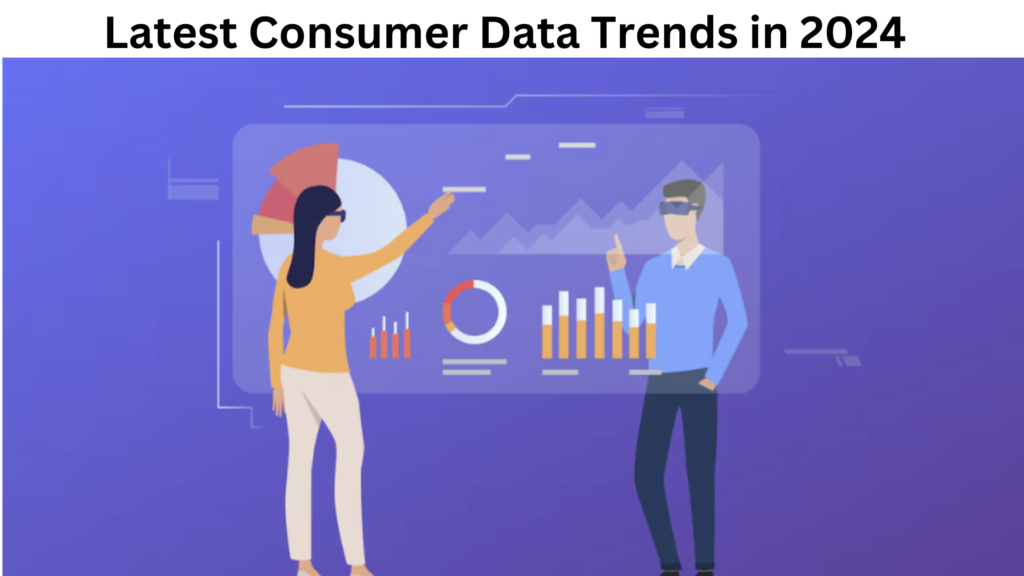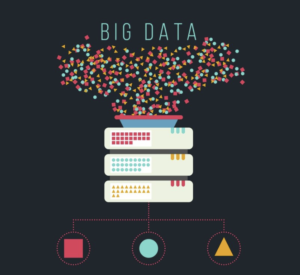Introduction
In the ever-evolving landscape of consumer behavior, 2024 brings forth a myriad of trends that businesses must grasp to stay competitive and relevant. Understanding these trends is pivotal for tailoring products, services, and marketing strategies effectively.
The Rise of Digital Natives
2024 sees a surge in digital natives – individuals born and raised in the digital age. This demographic cohort embraces technology seamlessly, influencing their purchasing habits and brand interactions significantly. Businesses need to adapt their digital platforms and experiences to cater to this tech-savvy audience.

Personalization Revolution
Consumers now expect personalized experiences across all touchpoints. Leveraging data analytics and AI, businesses can craft tailored offerings, recommendations, and communications that resonate with individual preferences, fostering loyalty and satisfaction.
Sustainability as a Key Driver
Environmental consciousness continues to shape consumer choices. Brands prioritizing sustainability in their practices, from eco-friendly production methods to transparent supply chains, garner favor among environmentally-conscious consumers in 2024.
Also Read: Analyzing Sales Trends: Unlocking Insights for Business Success
Omnichannel Shopping Experience
2024 emphasizes the importance of an integrated omnichannel experience. Consumers seamlessly transition between online and offline channels, necessitating cohesive strategies that ensure consistency, convenience, and engagement throughout the customer journey.
E-Commerce Dominance
The e-commerce sector witnesses continued growth, driven by convenience, variety, and competitive pricing. Businesses must optimize their online presence, enhance user experiences, and streamline logistics to thrive in the booming digital marketplace.
Social Commerce Influence
Social media platforms evolve into powerful shopping destinations, blurring the lines between social interaction and purchasing. Brands leveraging social commerce trends effectively tap into engaged audiences, drive conversions, and cultivate brand advocacy.
Augmented Reality (AR) Integration
AR technology gains traction in retail, offering immersive and interactive shopping experiences. By allowing consumers to visualize products virtually, businesses enhance engagement, reduce purchase uncertainty, and elevate overall customer satisfaction.
Voice Commerce Revolution
Voice-activated devices and virtual assistants revolutionize the shopping landscape in 2024. Optimizing content for voice search, implementing voice-enabled shopping features, and harnessing voice data insights become imperative for businesses targeting voice commerce users.

Subscription Economy Boom
The subscription-based model experiences a surge in popularity, offering consumers convenience, personalization, and cost-effectiveness. Businesses embracing subscription services capitalize on recurring revenue streams and foster long-term customer relationships.
Behavioral Economics Insights
Understanding consumer decision-making processes through behavioral economics principles becomes a cornerstone of effective marketing strategies. By tapping into cognitive biases, emotions, and decision heuristics, businesses optimize messaging and influence purchasing behavior.
Hyper-Personalized Marketing
2024 heralds the era of hyper-personalized marketing, leveraging advanced AI algorithms and big data analytics. Tailored content, offers, and recommendations resonate deeply with individual preferences, driving conversions and enhancing customer satisfaction.
Inclusive Marketing Strategies
Diversity, equity, and inclusion (DEI) take center stage in marketing efforts. Brands embracing inclusive marketing strategies resonate with diverse audiences, foster inclusivity, and build authentic connections that transcend demographic boundaries.
Embracing Cultural Sensitivity
Cultural sensitivity and localization play a pivotal role in global marketing campaigns. Adapting content, imagery, and messaging to diverse cultural nuances demonstrates respect, authenticity, and relevance, resonating with international audiences effectively.
Transparency and Trustworthiness
Building trust through transparency becomes non-negotiable in consumer interactions. Authenticity, ethical practices, and clear communication breed trust, loyalty, and positive brand perception in 2024’s discerning consumer landscape.
Also Read: How Consumer Data Providers are Revolutionizing Marketing Strategies
Data Privacy Imperatives
With heightened awareness of data privacy, consumers prioritize brands that uphold stringent data protection standards. Implementing robust security measures, respecting user privacy preferences, and transparent data handling practices are paramount for maintaining consumer trust.
Social Responsibility Commitments
Consumers align with brands demonstrating genuine social responsibility commitments. Corporate social responsibility (CSR) initiatives, philanthropy, and sustainable practices resonate positively, fostering brand loyalty and community engagement.
Emotional Brand Connections
Emotional branding resonates deeply with consumers, forging lasting connections beyond product features. Brands that evoke emotions, tell compelling stories, and create memorable experiences forge strong emotional bonds, driving brand advocacy and loyalty.
Customer Experience Excellence
Exceptional customer experiences differentiate brands in a competitive market. Prioritizing seamless journeys, proactive support, and personalized interactions cultivates positive experiences, fostering customer satisfaction, loyalty, and advocacy.
AI-Driven Insights
AI-powered analytics provide invaluable insights into consumer behavior, preferences, and trends. Leveraging AI algorithms, businesses gain actionable intelligence to optimize marketing strategies, product development, and customer experiences in real time.
Niche Market Targeting
2024 witnesses a shift towards niche market targeting, catering to specialized interests and preferences. By identifying niche segments, businesses tailor offerings, messaging, and experiences that resonate deeply, driving engagement and conversions.
Mobile-First Strategies
Mobile-centric strategies dominate consumer interactions, with mobile devices serving as primary touchpoints. Businesses optimizing for mobile experiences, responsive design, and mobile SEO gain a competitive edge in capturing mobile-savvy consumers.
Gamification for Engagement
Gamification strategies captivate consumers, driving engagement, loyalty, and brand interaction. Incorporating gamified elements into marketing campaigns, loyalty programs, and product experiences enhances participation, retention, and brand affinity.
Influencer Marketing Evolution
Influencer marketing evolves with a focus on authenticity, relevance, and long-term partnerships. Collaborating with micro-influencers, leveraging user-generated content, and fostering genuine connections drive impactful influencer marketing strategies.
Future of Retail Spaces
Physical retail spaces undergo transformation, blending digital and experiential elements. Immersive technologies, interactive displays, and personalized in-store experiences redefine brick-and-mortar retail, enticing consumers and driving foot traffic.
Emotional Intelligence in Marketing
Emotional intelligence guides marketing strategies, resonating with consumer emotions and motivations. Brands that exhibit empathy, emotional resonance, and human-centric approaches foster deeper connections, loyalty, and brand advocacy.
Blockchain for Trust and Security
Blockchain technology enhances trust, security, and transparency in transactions. Adopting blockchain solutions, such as supply chain traceability and secure payment systems, instills confidence and mitigates fraud risks for consumers.
Remote Work Impact on Consumer Behavior
The rise of remote work influences consumer behaviors, preferences, and spending patterns. Understanding the impact of remote work on lifestyle choices, technology adoption, and purchasing habits enables businesses to tailor offerings effectively.
Health and Wellness Priorities
Consumers prioritize health and wellness, driving demand for holistic products and services. Brands emphasizing wellness, sustainability, and ethical practices resonate with health-conscious consumers, fostering brand loyalty and advocacy.
Conclusion
As we navigate the dynamic landscape of consumer behavior in 2024, businesses must embrace agility, innovation, and customer-centricity. By understanding and adapting to these trends, organizations can thrive in an ever-evolving market, delivering value, relevance, and exceptional experiences to consumers.
















